10 Common Glass Problems in UK Homes — and How to Fix Them
From misted double-glazing to scratches and safety concerns, glass issues appear in every type of property. This practical guide from GlassHelp.co.uk explains what’s gone wrong, what you can do yourself, and when to replace the unit for a long-term fix.
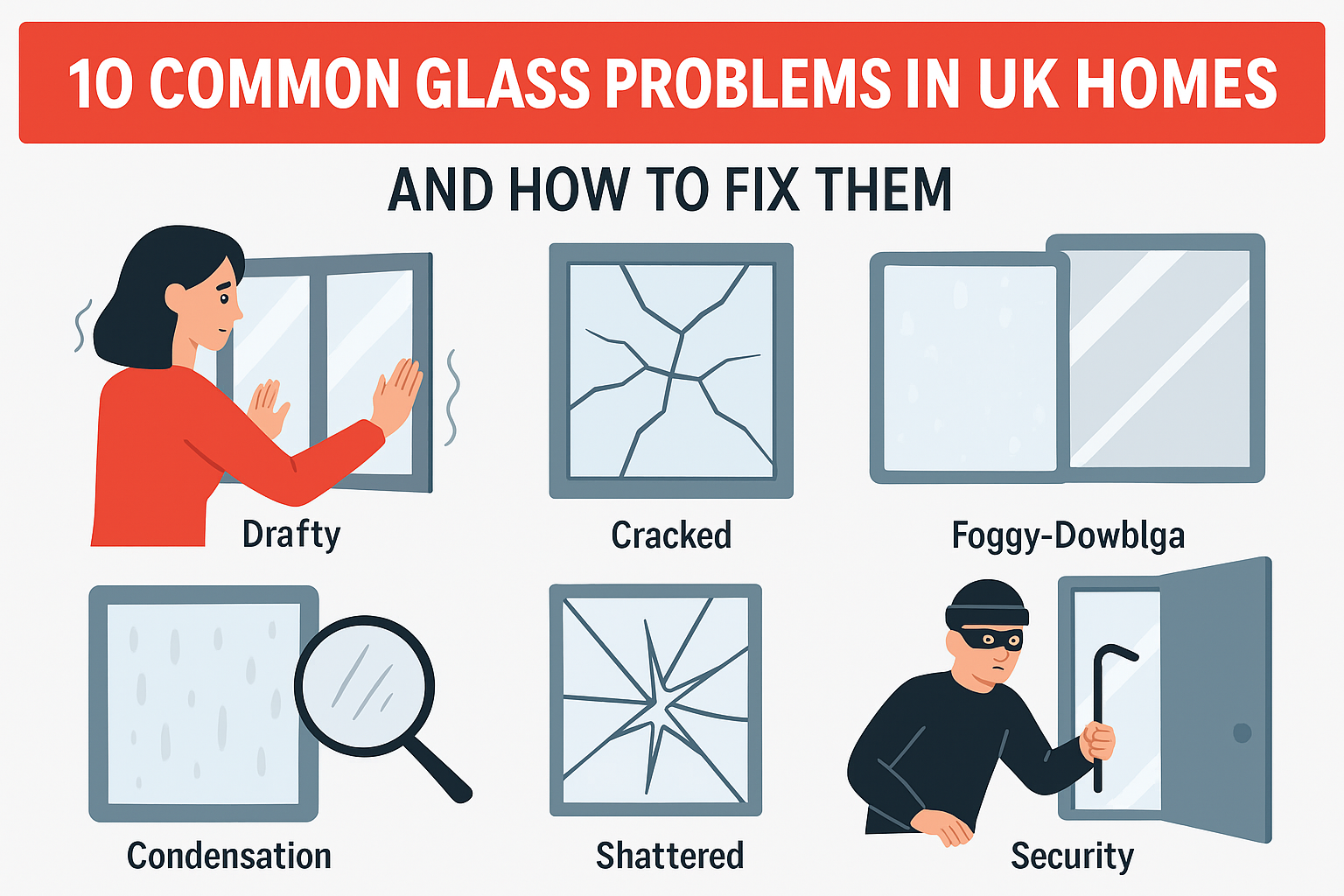
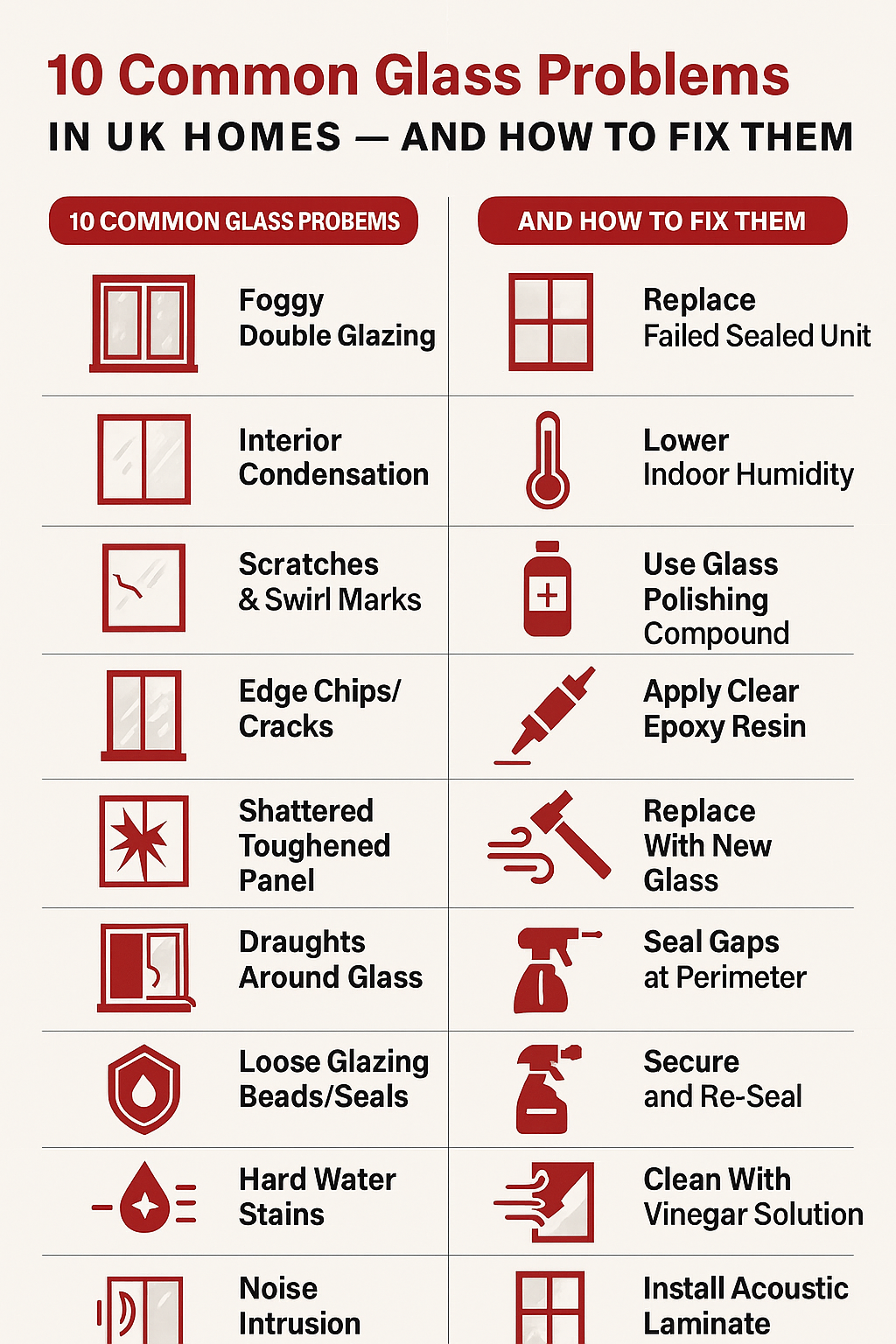
The 10 Problems — and the Smart Fix for Each
1) Foggy Double-Glazing (Misted Units)
Cloudy or “milky” windows are caused by a failed perimeter seal that lets moisture in between panes. Anti-mould sprays won’t cure it — the moisture is inside the unit.
Fix: Replace the sealed unit only (not the whole frame). Ask for a like-for-like thickness and low-E coating where applicable. Start here: Replacement Window Glass.
2) Interior Condensation
Beads of moisture on the room side of the glass indicate high indoor humidity, cooler glass surfaces, or poor ventilation.
Fix: Ventilate, use extractor fans, run a dehumidifier in problem rooms, and keep blinds slightly open to encourage air flow. Consider upgrading to higher-performance double glazing to raise surface temperature.
3) Scratches & Swirl Marks
Fine scratches come from gritty cloths or aggressive cleaners. Deep scoring can occur during building works.
Fix: For light marks, a specialist glass polishing kit can reduce visibility. For deep scratches, replacement is the reliable route — especially on table tops where clarity matters. See Glass Table Tops.
4) Edge Chips & Hairline Cracks
Impacts on vulnerable edges or incorrect fixings can cause tiny chips that later propagate into cracks.
Fix: If it’s safety glass and damage is in a non-critical area, you may monitor short-term. For any crack in a load-bearing or safety-critical panel (doors, screens, shelves), replace with toughened or laminated to the correct specification. Explore Toughened Glass.
5) Shattered (Toughened) Panel
Toughened glass is designed to crumble into small pieces if it fails. Common triggers include hidden edge damage, point impacts, or stress from incorrect fixings.
Fix: Replace the panel and review fixings and clearances. Avoid metal-to-glass contact; use compatible gaskets and sleeves. For furniture and balustrades, consider laminated toughened so fragments remain attached to the interlayer.
6) Draughts Around Windows & Doors
Cold air entering around sashes or frames comes from worn seals or gaps around the perimeter — not the glass itself.
Fix: Replace weather seals, adjust hinges/keeps, and seal perimeter gaps with appropriate sealant. If frames are fine but panes are thin, upgrade to a better performing unit for comfort.
7) Loose Glazing Beads or Failing Seals
With age, glazing beads can loosen and perimeter sealant can crack, letting water reach the rebate and, eventually, the cavity.
Fix: Re-secure or replace beads; remove perished sealant and re-seal. If water ingress has damaged the unit, replace the sealed unit and dry out the frame fully before refitting.
8) Hard-Water Stains & Limescale
White mineral spotting from shower spray or hosepipe water can etch the surface over time if ignored.
Fix: Use a non-abrasive limescale remover or a white-vinegar solution followed by thorough rinse and squeegee. For shower screens, consider a protective coating to resist build-up. If etching is severe, replacement gives the best clarity.
9) Sticking or Grinding Sliding Doors
Dirt in tracks, misaligned rollers or warped frames can make patio or wardrobe doors drag and scrape.
Fix: Clean tracks, lubricate appropriate moving parts, and adjust roller height. If the frame is out of square or the glass is under stress, book a professional service to prevent cracking.
10) Security Concerns (Weak or Outdated Glazing)
Single glazing, thin panes and old locks leave easy targets at ground level and in outbuildings.
Fix: Upgrade to laminated glass for impact resistance and pair with modern multi-point locks. For sidelights and doors, specify laminated or toughened-laminated combinations for safety and security.
Repair or Replace — How to Decide
As a rule of thumb, cosmetic issues (light scratches, limescale) can be improved with careful cleaning or polishing. Structural or sealed-unit failures (misted double-glazing, cracked panes, shattered panels) require replacement to restore clarity, strength and efficiency.
When replacing, match the thickness, make-up (toughened/laminated), and edge finish to the application. For furniture or shelving, opt for polished edges and radius corners; for safety-critical areas, confirm compliance with relevant BS/EN standards (e.g., BS EN 12150 for toughened, BS EN 14449 for laminated).
- For shelves/table tops: see Glass Shelves and Glass Table Tops.
- For windows/doors: start with Replacement Window Glass.
- For premium clarity or privacy: compare Clear, Frosted and Tinted options.
Safety First
Never continue using cracked or shattered glass in doors, showers, balustrades or shelving. Specify the correct safety glazing and hardware, avoid hard metal-to-glass contact, and use proper spacers and gaskets during installation.
Bring Back Clarity, Comfort and Safety
Most glass problems have straightforward solutions once you identify the cause. Replace failed sealed units to eliminate fogging, upgrade to laminated or toughened where safety or security is a concern, and maintain edges and fixings to prevent stress over time. When in doubt, a like-for-like replacement with the right make-up is the fastest way to restore performance.
Ready to sort yours? Order made-to-size glass online with clear pricing and UK-wide delivery at Replacement Window Glass, browse Glass Shelves, or design a new Glass Table Top today.
© 2025 Glass Help Ltd — Guidance is general. Always verify thickness, make-up and installation against your specific conditions and applicable UK standards.

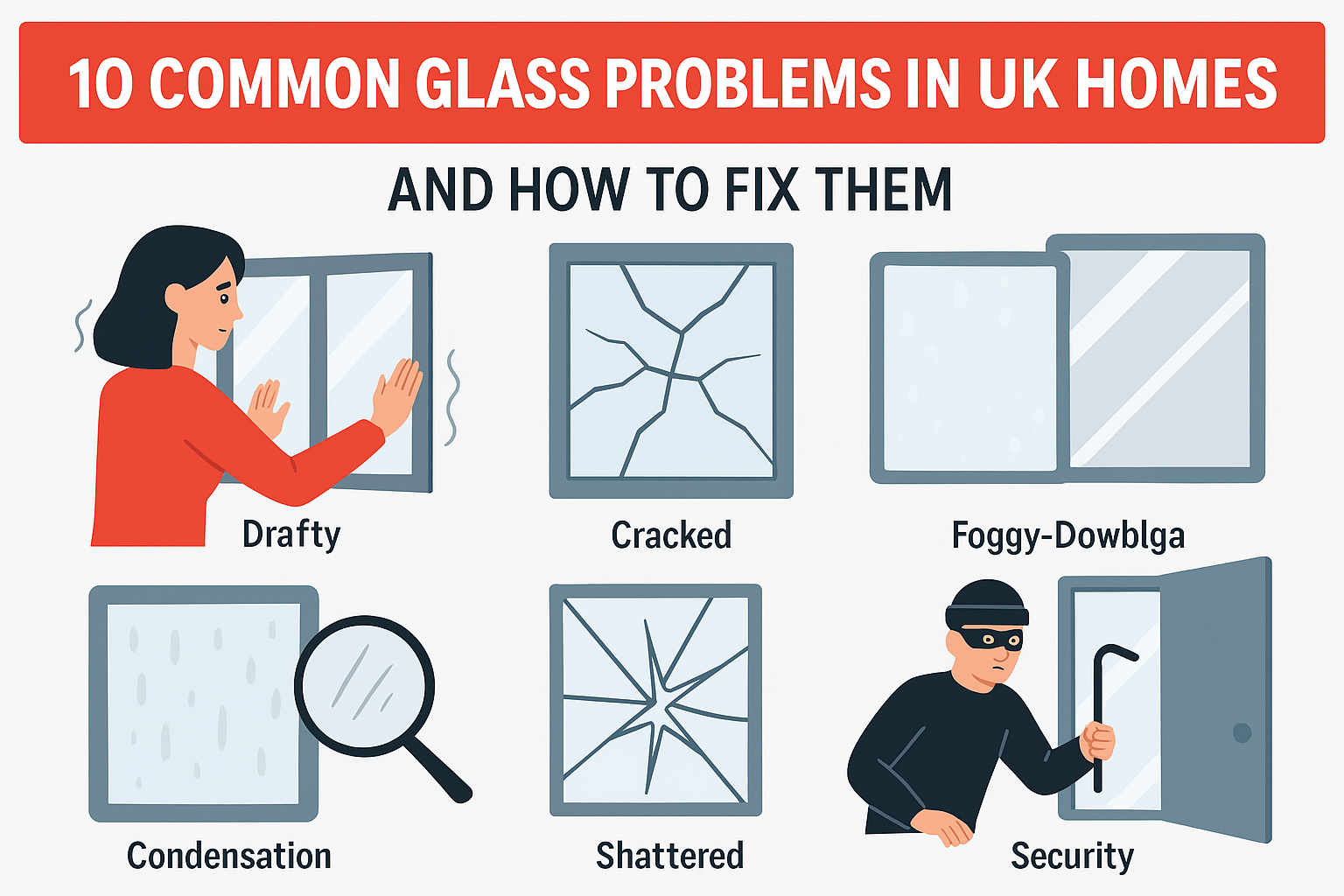


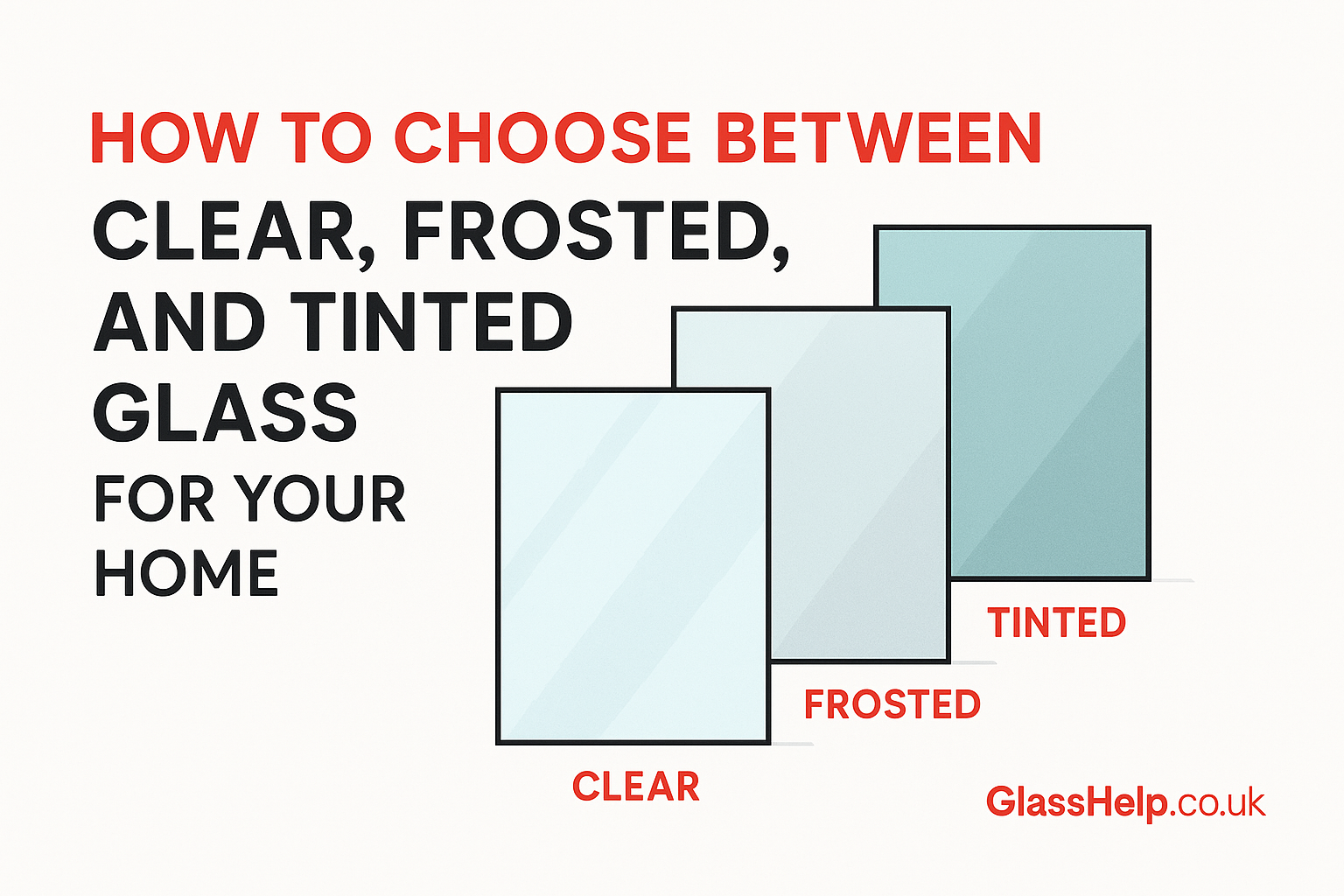
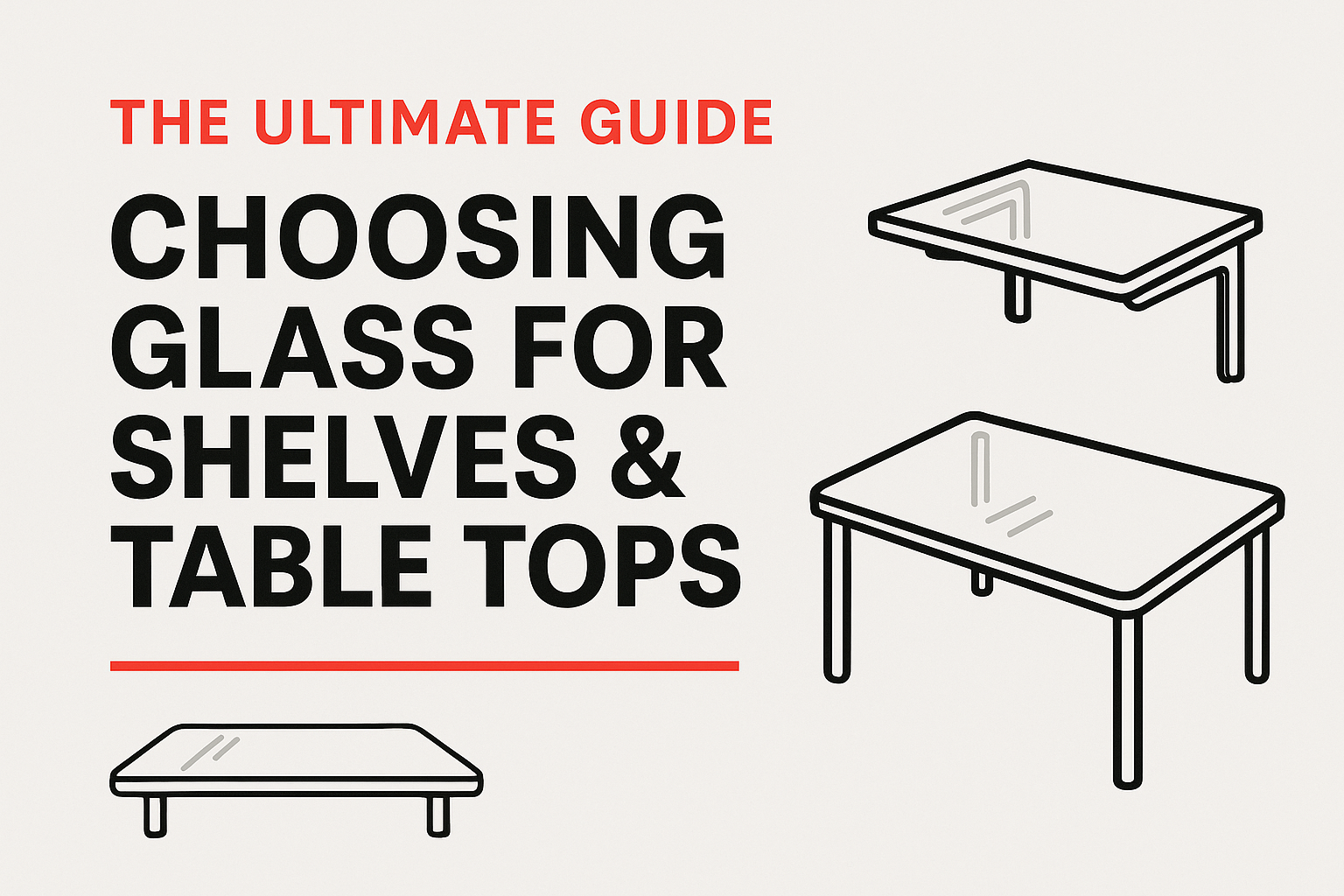
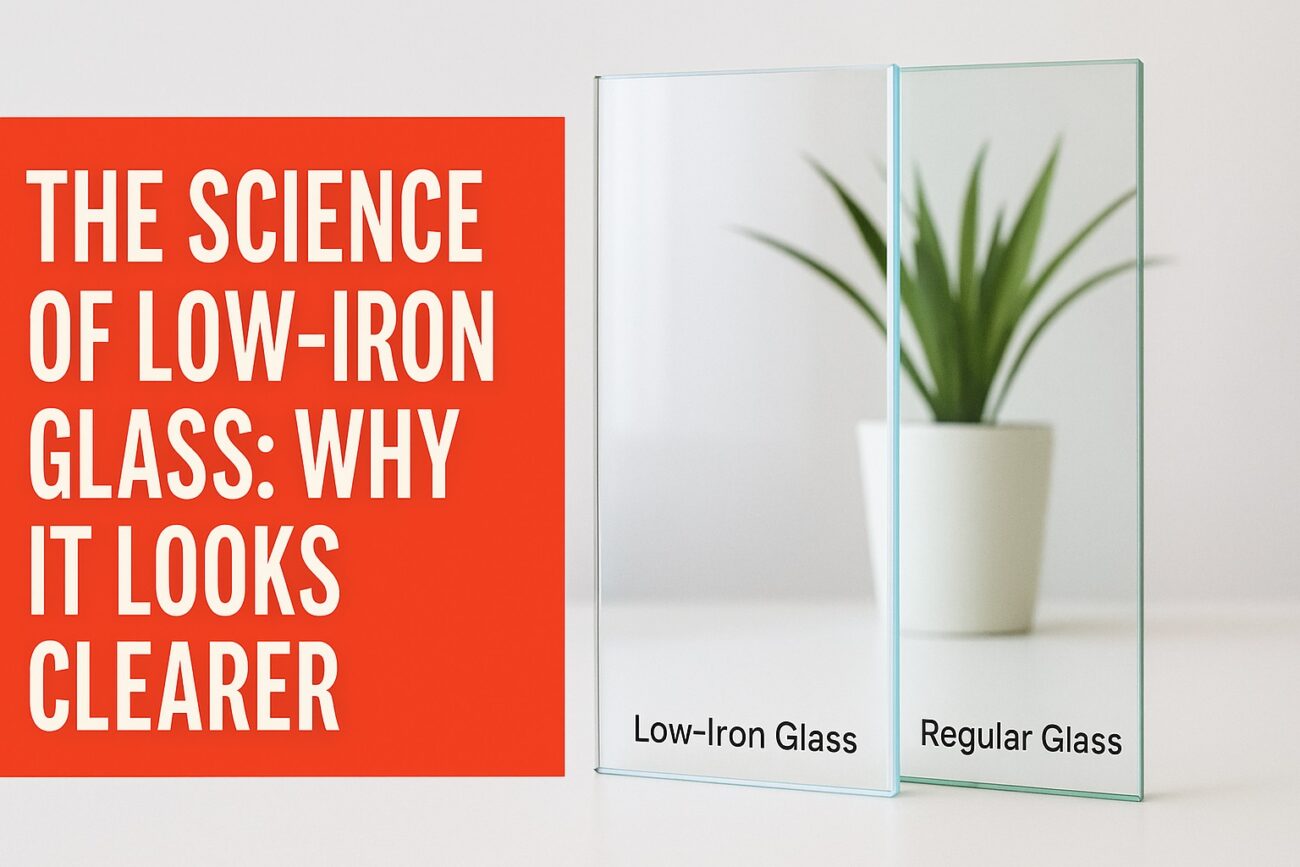
Leave a comment